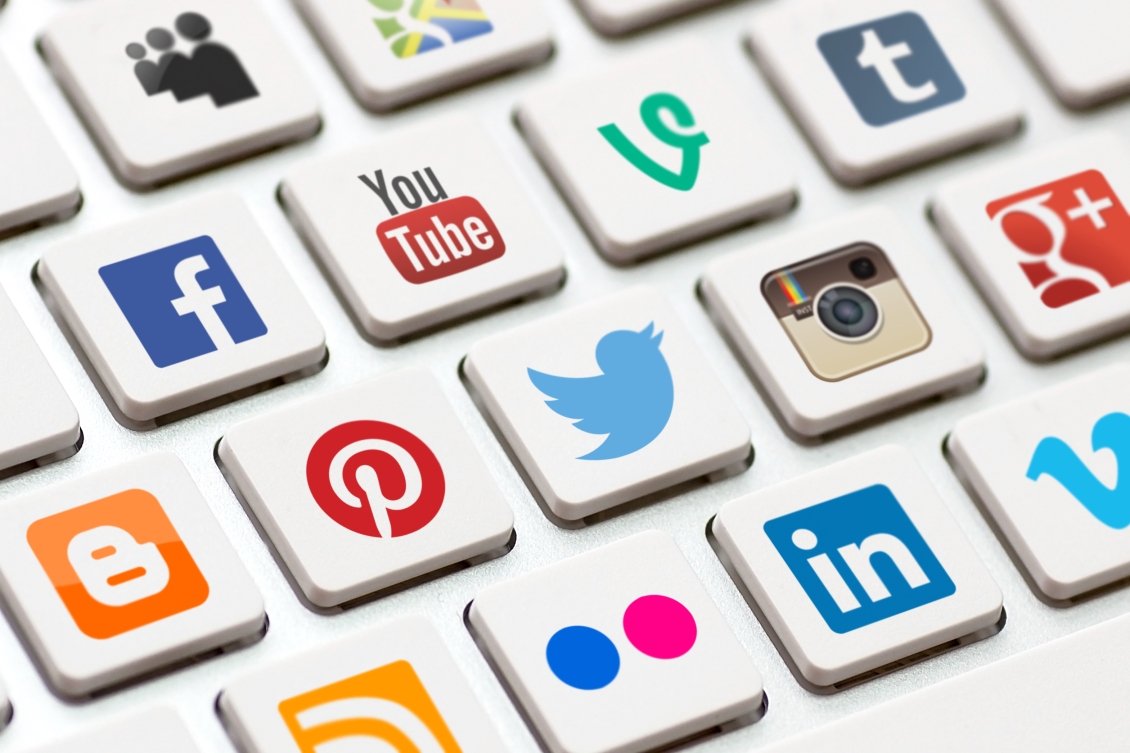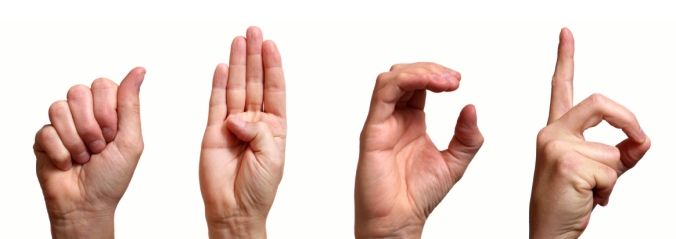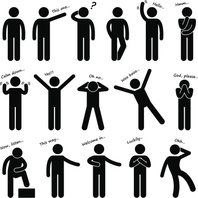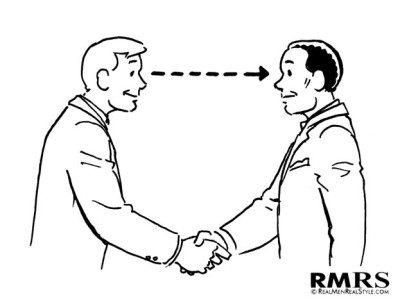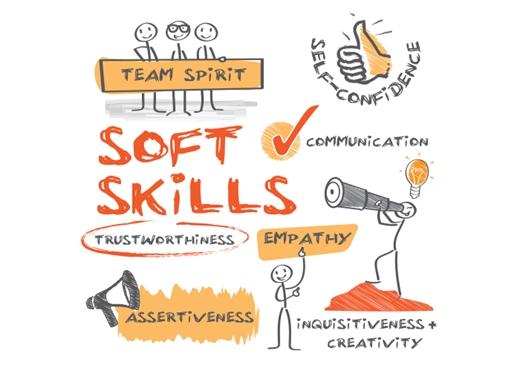Topic: What makes a good public speaker?

(Linkedin 2016)
Public speaking is when a person or group of people deliver a speech or performance in front of an audience to give a message or to get a point across (Study.com 2016). To be a good public speaker the person/s delivering the speech must be able to include other elements in the speech other than just words and knowledge (Moore 2015). For example, some of the main components to what make a good public speaker consist of are:
- The delivery (Moore 2015);
- Non-verbal communication (Moore 2015)
- Interaction with the audience (Moore 2015).
The Delivery

(Casey 2012)
According to the American Society of Health System Pharmacists (2010) pace, pitch and power are the three components that contribute to a professional delivery. For a speaker to have a good pace they need to pause so the audience can digest the key points (American Society of Health System Pharmacists 2010). Effective pitch and power is when the speaker raises and lowers the tone and volume of their voices to accommodate for the changes in topic or to surprise the audience so that they stayed intrigued (Executive Communications Group 2004).
Non-verbal communication
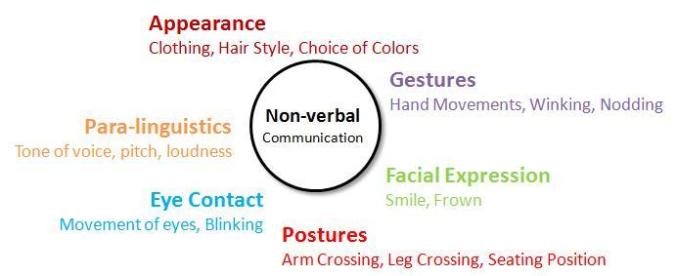
(Cultures&People 2014)
Ethos (2016) suggests ‘60% of all human communication is nonverbal body language and 30% is tone. So that means that 90% of what is being said isn’t coming out of the mouth’. Eye-contact, facial expression, gestures and postures are all examples of non-verbal communication that can be used when speaking (Ethos 2016). Deepika (2015, p. 45) indicates that all non-verbal communication when used properly can lead to a more captivated audience that is more trusting and willing to listen.
Interaction with Audience
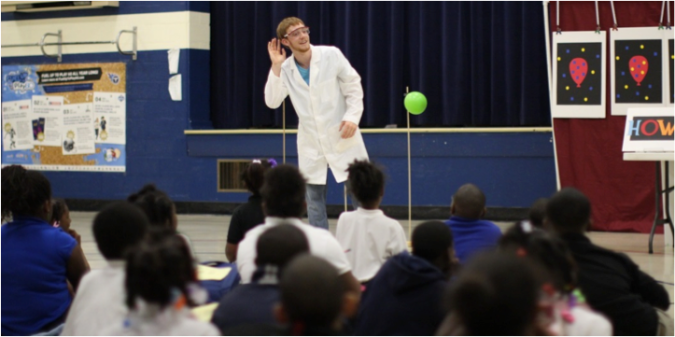
(Acsundergrad 2013)
When interacting with the audience the speaker usually asks questions and listens to the audience’s responses (Boundless, 2015). This is also known as verbal communication and non-verbal communication, through the use of eye contact, hand signals, etc. (Boundless, 2015).
My 2 minute audio recording:
References
American Society of Health System Pharmacists, 2010, ‘Public speaking revisited: delivery, structure, and style’, Success Skills, vol. 67, no. 15, pp. 1225-1227.
Boundless, 2015, Interaction in public speaking, viewed 18 March 2016, https://www.boundless.com/communications/textbooks/boundless-communications-textbook/delivering-the-speech-12/interaction-in-public-speaking-66/interaction-in-public-speaking-264-11198/
Deepika, P 2015, ‘The importance of non-verbal communication’, IUP Journal of Soft Skills, vol. 9, no. 4, pp. 43-49.
Ethos, 2016, The importance of non-verbal communication, viewed 17 March 2016, http://www.ethos3.com/speaking-tips/the-importance-of-non-verbal-communication/
Executive Communications Group, 2004, There’s a message in your voice, ‘The Total Communicator’, Vol. 2, no. 3, viewed 17 May 2016, http://totalcommunicator.com/vol2_3/voicemessage.html
Furnham, A 2013, ‘On your head: pace, pitch, pause: master the art of public speaking’, Sunday Times, 18 December, p. 1.
Moore, J 2015, How anyone can become a good public speaker, ‘WordPress’, viewed 17 May 2016 http://time.com/3758692/become-good-public-speaker/
Study.com, 2016, What Is public speaking and why do I need to do it?, ‘Study.com’, viewed 17 May 2016, http://study.com/academy/lesson/what-is-public-speaking-and-why-do-i-need-it.html
For Pictures
Acsundergrad, 2013, Sharing chemistry with plays by fusion science theatre, ‘WordPress’, viewed 17 May 2016, https://acsundergrad.wordpress.com/2013/08/08/sharing-chemistry-with-plays-by-fusion-science-theater/
Casey, DO 2012, It’s all in the delivery, ‘WordPress’, viewed 17 May 2016, https://beyondthebluefogbank.wordpress.com/2012/06/26/odat-june-22-2012-its-all-in-the-delivery/
Cultures&People, 2014, Culture in verbal and non-verbal communication, ‘Viaggiovagando’, viewed 17 May 2016, http://www.viaggiovagando.com/en/blog/2014/06/23/part-culture-play-verbal-non-verbal-communication/
Linkedin, 2016, Public speaking, ‘Linkedin’, viewed 17 May 2016 https://au.linkedin.com/topic/public-speaking

